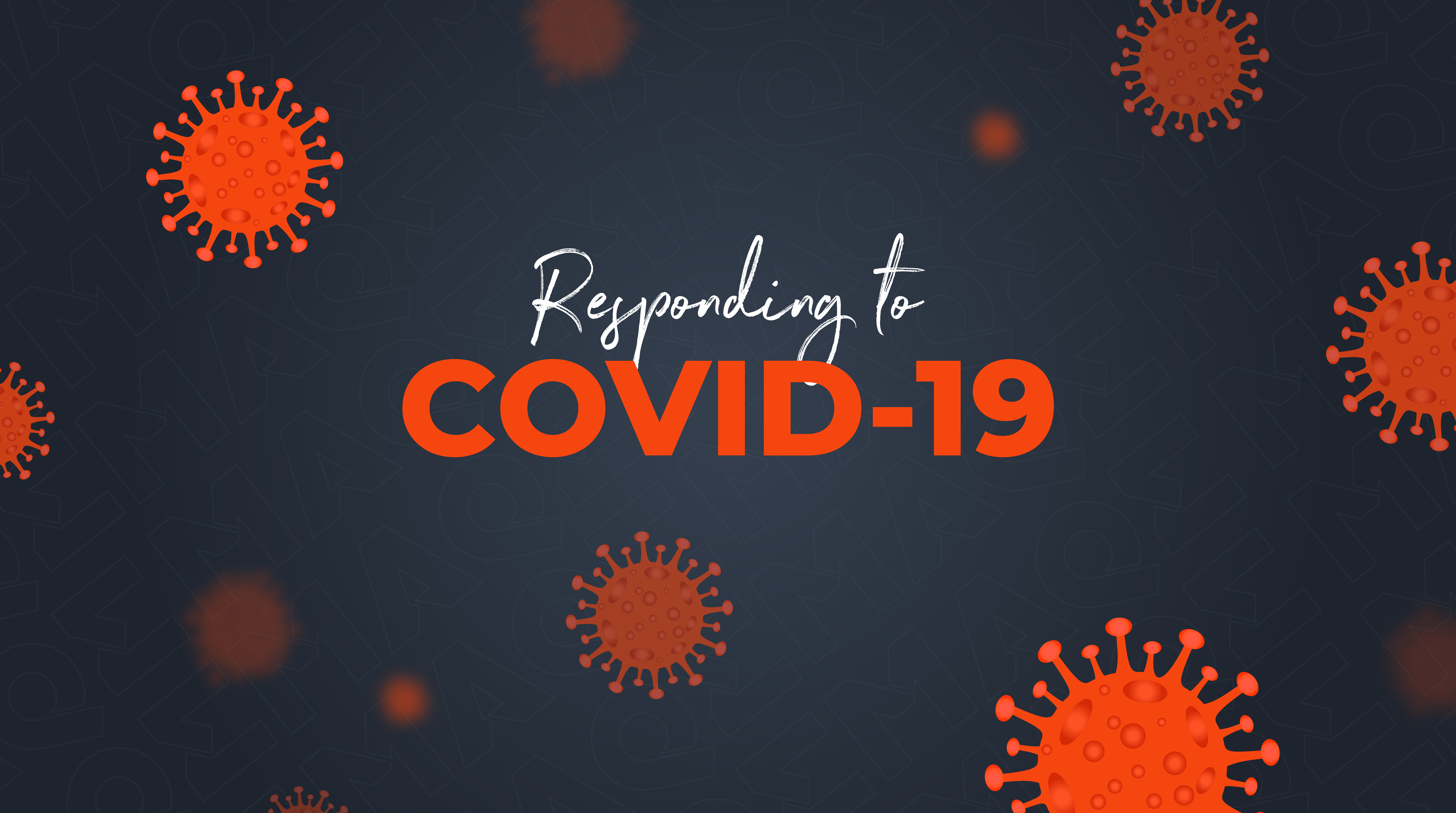
Hi everyone.
I have a newsletter called WORK! and each week I share three ideas on how to make work better. And this week, well for a few weeks now actually, there’s one big subject that’s been dominating our lives and it’s changed everything.
So I thought I’d share with you how MAQE is responding to the current COVID-19 pandemic.
It’s an unprecedented situation that we find ourselves in. People are worried. And rightly so! They want and need answers; reassurance — something to hold on to. We all do, I think!
But how can we provide answers when there are so few clear answers to be had? And how can we provide reassurance amidst all this uncertainty?
I wanted to share MAQE’s answers to these questions with you, as well as how the team at MAQE reacted to our continuity plans around the pandemic.
Here are three takeaways I found from both formulating the plan, through to how MAQErs reacted to it when we discussed it with them.
1. Clear Expectations
COVID-19 can and will impact our business in either of two ways. First, the spread of infection can directly impact the health of our staff and that of their loved-ones. Second, how other organizations respond to the crisis can affect our pipeline and economic well-being. We have, for these reasons, chosen to communicate a risk assessment with six levels — each one associated with a certain countermeasure.

A note regarding the “strongly advised” language found in levels 4 and above: MAQE is based in Bangkok, Thailand. And unlike many other countries, Thailand does not have regulations supporting furlough. As such, it’s not possible for us to mandate unpaid time off — even in times of crisis. It must be a voluntary action. And while we certainly have the culture to support such a move, I understand that many organizations do not. So what works for us, may not work for everyone.

2. Regular Updates
We can’t say if or when certain levels will come into effect. But the risk assessment does provide answers as to what our next action should be. And that’s important. We update the risk assessment on Fridays at 4 PM. And we communicate that decision over Slack. People are worried about health and their livelihood. This method ensures everyone knows what to expect and when.

3. Targeted Action
We are currently on risk-level 2 and we hope to stay there. But it means that we now recommend everyone to work from home. Luckily for us, this isn’t too drastic a change. We’ve had lots of practice in years past. But it has uncovered a few stressors, such unstable home Internet or desks not suitable for an 8-hour work day. To address this, we’re now subsidizing such purchases on a case-by-case basis.
Like everyone else, we’re figuring things out as we go along. But the response from our 60+ colleagues has so far been very positive. And that’s despite the rather draconian measures found on levels 4 and above.
We hope never to have to go there.
But we also don’t want to sugarcoat the situation. It is what it is and we just have to deal with it as best we can. What’s important, however, is that we’re in this together. And as a company, we have made the decision that it’s better that we all suffer a little bit rather than a few suffer a lot.
We’ll do everything in our power to avoid letting people go. And at the end of the day, that’s the reassurance I think most people need to hear.

If you’d like to subscribe to my newsletter, WORK!, then head over to andreasholmer.com. WORK! covers business agility, organizational design, and the future of work. You can also see WORK! posts on Medium, but it’s a few weeks behind…So you should really subscribe to my newsletter 🙂